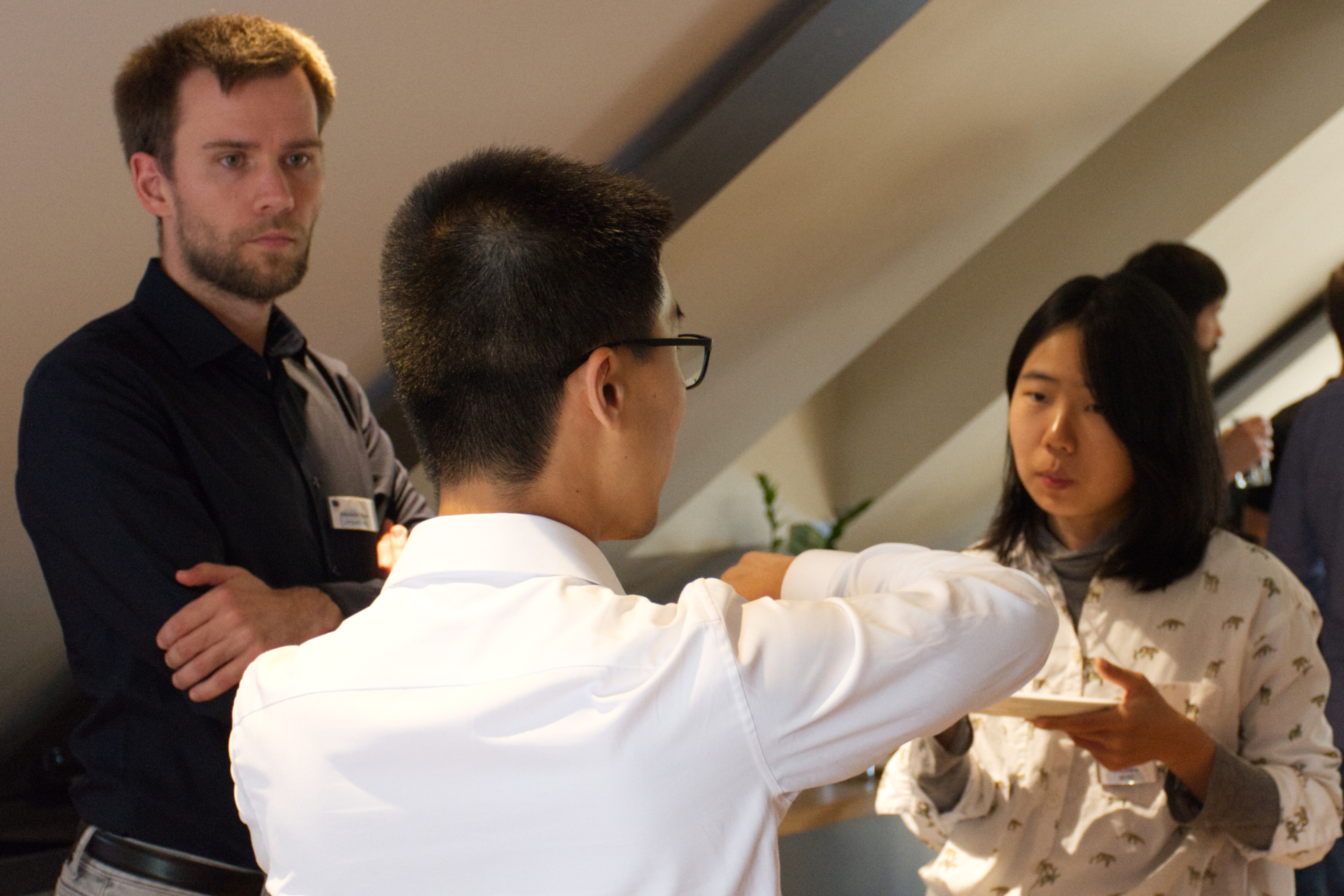
Spins, Orbits, Charges, and Heat in Magnets
This SPICE Young Research Leaders Group Workshop serves as a melting pot of researchers to discuss recent developments in our understanding of the interplay between magnetism and spin, charge, orbital, and heat transport. What once began with spin-polarized electric currents in ferromagnets and the giant magnetoresistance, today is an internationally overarching research field known as spintronics. The last two decades, in particular, saw the consolidation of spintronics into modern solid state research. This was possible in large parts thanks to the experimental confirmation of the spin Hall effect and its inverse counterpart that enables electrical detection of pure spin currents. By now, it is known that the electronic spin not only couples to magnetic but also electric fields and heat gradients, adding interconversion phenomena between spin, charge, orbital degrees of freedom and heat to the spintronic inventory, examples being the spin Seebeck, spin Nernst, Edelstein, and orbital Hall effects. Being inspired by both the uncovering of fundamental physics as well as the vision that spin will serve as an information carrier, the spintronics community studied a broad range of material classes, including normal, topological, and magnetic metals as well as topological and magnetic insulators. Magnets, in particular, proved to contain a wealth of surprises, exemplified by topological magnons, topological Hall effects in skyrmion crystals, anomalous Hall effects and spin splitting in antiferromagnets, and the magnetic spin Hall effect. These findings constitute the chalk with which to draw the outlines of next-generation technologies, such as antiferromagnetic and topological spintronics, (topological) magnonics, obitronics, etc.
